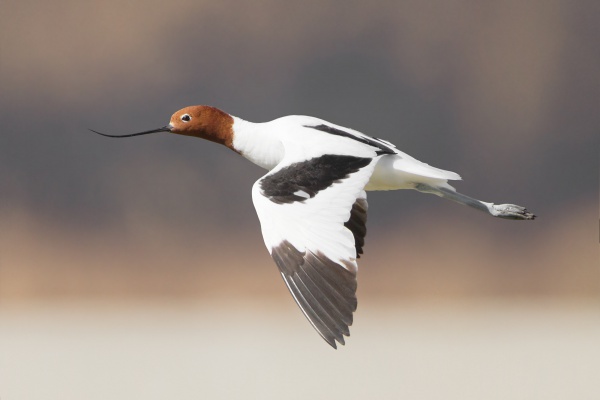Facts About Red-necked avocet
The red-necked avocet, also known as the Australian avocet, is a distinctive wading bird native to Australia. Belonging to the Recurvirostridae family, it shares a close kinship with stilts. One of its most remarkable features is its upturned bill, ideal for skimming water to capture small invertebrates. Adult avocets are easily identified by their red-brown heads and necks, which contrast with their striking black and white plumage.
These birds are nomadic, traversing Australia in search of optimal shallow wetlands or estuarine mudflats to inhabit. During breeding season, which spans from August to November, red-necked avocets congregate in loose colonies. Their courtship rituals are truly spectacular, featuring displays such as bill crossing and intricate bowing dances. They are social creatures, frequently seen in the company of stilts.
The diet of red-necked avocets primarily consists of small invertebrates, which they catch by sweeping their bills through the water. For nesting, they line their nests with vegetation and typically lay 3-4 eggs. However, they face threats from introduced predators like red foxes and feral cats, as well as the broader impacts of climate change on their breeding habitats.
Red-necked avocets have a distinctive yapping call and are known for their flocking behaviors and vocalizations during flight. They are fairly common and widespread across Australia, although they tend to avoid the northern coastal regions. These birds are relatively large and have few natural predators. Intriguingly, they have been observed employing behaviors such as feigning injury to protect their young from potential threats.
